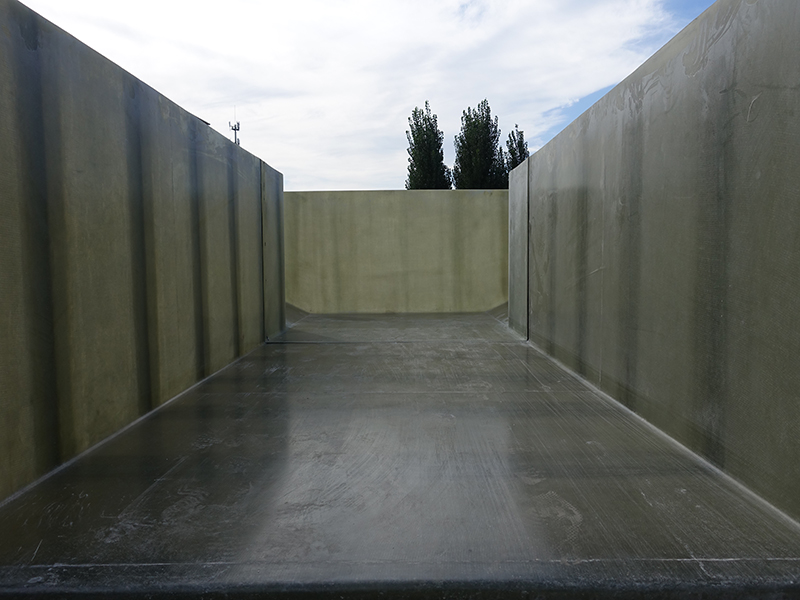
-
 Afrikaans
Afrikaans -
 Albanian
Albanian -
 Amharic
Amharic -
 Arabic
Arabic -
 Armenian
Armenian -
 Azerbaijani
Azerbaijani -
 Basque
Basque -
 Belarusian
Belarusian -
 Bengali
Bengali -
 Bosnian
Bosnian -
 Bulgarian
Bulgarian -
 Catalan
Catalan -
 Cebuano
Cebuano -
 China
China -
 China (Taiwan)
China (Taiwan) -
 Corsican
Corsican -
 Croatian
Croatian -
 Czech
Czech -
 Danish
Danish -
 Dutch
Dutch -
 English
English -
 Esperanto
Esperanto -
 Estonian
Estonian -
 Finnish
Finnish -
 French
French -
 Frisian
Frisian -
 Galician
Galician -
 Georgian
Georgian -
 German
German -
 Greek
Greek -
 Gujarati
Gujarati -
 Haitian Creole
Haitian Creole -
 hausa
hausa -
 hawaiian
hawaiian -
 Hebrew
Hebrew -
 Hindi
Hindi -
 Miao
Miao -
 Hungarian
Hungarian -
 Icelandic
Icelandic -
 igbo
igbo -
 Indonesian
Indonesian -
 irish
irish -
 Italian
Italian -
 Japanese
Japanese -
 Javanese
Javanese -
 Kannada
Kannada -
 kazakh
kazakh -
 Khmer
Khmer -
 Rwandese
Rwandese -
 Korean
Korean -
 Kurdish
Kurdish -
 Kyrgyz
Kyrgyz -
 Lao
Lao -
 Latin
Latin -
 Latvian
Latvian -
 Lithuanian
Lithuanian -
 Luxembourgish
Luxembourgish -
 Macedonian
Macedonian -
 Malgashi
Malgashi -
 Malay
Malay -
 Malayalam
Malayalam -
 Maltese
Maltese -
 Maori
Maori -
 Marathi
Marathi -
 Mongolian
Mongolian -
 Myanmar
Myanmar -
 Nepali
Nepali -
 Norwegian
Norwegian -
 Norwegian
Norwegian -
 Occitan
Occitan -
 Pashto
Pashto -
 Persian
Persian -
 Polish
Polish -
 Portuguese
Portuguese -
 Punjabi
Punjabi -
 Romanian
Romanian -
 Russian
Russian -
 Samoan
Samoan -
 Scottish Gaelic
Scottish Gaelic -
 Serbian
Serbian -
 Sesotho
Sesotho -
 Shona
Shona -
 Sindhi
Sindhi -
 Sinhala
Sinhala -
 Slovak
Slovak -
 Slovenian
Slovenian -
 Somali
Somali -
 Spanish
Spanish -
 Sundanese
Sundanese -
 Swahili
Swahili -
 Swedish
Swedish -
 Tagalog
Tagalog -
 Tajik
Tajik -
 Tamil
Tamil -
 Tatar
Tatar -
 Telugu
Telugu -
 Thai
Thai -
 Turkish
Turkish -
 Turkmen
Turkmen -
 Ukrainian
Ukrainian -
 Urdu
Urdu -
 Uighur
Uighur -
 Uzbek
Uzbek -
 Vietnamese
Vietnamese -
 Welsh
Welsh -
 Bantu
Bantu -
 Yiddish
Yiddish -
 Yoruba
Yoruba -
 Zulu
Zulu
Jan . 14, 2025 16:05
Back to list
Other Products
Flue gas desulfurization (FGD) stands as a critical process in the realm of industrial environmental management, particularly within sectors focused on the reduction of sulfur dioxide (SO2) emissions from combustion sources like power plants. With an increasing global emphasis on sustainable practices and stringent regulatory measures, understanding the nuances of FGD technologies is paramount for industries aiming to align with eco-friendly operations.
In terms of authoritativeness, industry adoption of FGD technologies aligns with international standards and regulatory requirements, such as those set by the Environmental Protection Agency (EPA) in the United States and similar organizations worldwide. These regulatory frameworks mandate stringent limits on SO2 emissions, compelling industries to implement reliable and effective FGD systems. The endorsement and continual updates of these standards underscore the critical role of FGD in global environmental strategies. Trustworthiness in FGD systems is established through rigorous testing, validation, and certification by third-party entities. Leading manufacturers and suppliers ensure their products meet or exceed regulatory standards, often engaging in collaborations with research institutions to pioneer advancements in FGD technology. Such partnerships not only enhance the efficacy of these systems but also foster innovation, leading to the development of more sustainable and economically viable solutions. For businesses aiming to invest in FGD technologies, partnering with reputable suppliers is crucial. An assessment of the supplier's track record, technological offerings, and commitment to R&D can provide insights into the reliability and future viability of their FGD solutions. Moreover, comprehensive after-sales support, including maintenance, upgrades, and technical training, can fortify the operational success of these systems. In conclusion, flue gas desulfurization has established itself as a vital component in the quest for cleaner industrial operations. Through continuous innovation and adaptation to regulatory changes, FGD technologies not only mitigate environmental impacts but also propel industries towards a sustainable future. By focusing on authentic expertise, authoritative practices, and trustworthy partnerships, stakeholders can effectively harness the potential of FGD systems, driving both environmental and economic benefits.


In terms of authoritativeness, industry adoption of FGD technologies aligns with international standards and regulatory requirements, such as those set by the Environmental Protection Agency (EPA) in the United States and similar organizations worldwide. These regulatory frameworks mandate stringent limits on SO2 emissions, compelling industries to implement reliable and effective FGD systems. The endorsement and continual updates of these standards underscore the critical role of FGD in global environmental strategies. Trustworthiness in FGD systems is established through rigorous testing, validation, and certification by third-party entities. Leading manufacturers and suppliers ensure their products meet or exceed regulatory standards, often engaging in collaborations with research institutions to pioneer advancements in FGD technology. Such partnerships not only enhance the efficacy of these systems but also foster innovation, leading to the development of more sustainable and economically viable solutions. For businesses aiming to invest in FGD technologies, partnering with reputable suppliers is crucial. An assessment of the supplier's track record, technological offerings, and commitment to R&D can provide insights into the reliability and future viability of their FGD solutions. Moreover, comprehensive after-sales support, including maintenance, upgrades, and technical training, can fortify the operational success of these systems. In conclusion, flue gas desulfurization has established itself as a vital component in the quest for cleaner industrial operations. Through continuous innovation and adaptation to regulatory changes, FGD technologies not only mitigate environmental impacts but also propel industries towards a sustainable future. By focusing on authentic expertise, authoritative practices, and trustworthy partnerships, stakeholders can effectively harness the potential of FGD systems, driving both environmental and economic benefits.
Next:
Related Products
Latest news
-
Exploring the Benefits of Top Hammer Drifter Rods for Enhanced Drilling PerformanceNewsJun.10,2025
-
High-Precision Fiberglass Winding Machine for GRP/FRP Pipe Production – Reliable & Efficient SolutionsNewsJun.10,2025
-
FRP Pipes & Fittings for Shipbuilding - Corrosion-Resistant & LightweightNewsJun.09,2025
-
Premium FRP Flooring Solutions Durable & Slip-ResistantNewsJun.09,2025
-
Premium Fiberglass Rectangular Tanks Durable & Lightweight SolutionNewsJun.09,2025
-
Tapered Drill String Design Guide Durable Performance & UsesNewsJun.09,2025









